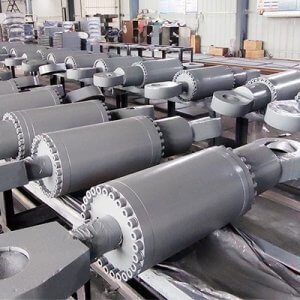 A damper is a device used to reduce vibration or dampen motion. It is usually composed of damping materials, springs and other structures that can reduce the vibration amplitude of a mechanical system by absorbing energy or hindering the transmission of vibration.
A damper is a device used to reduce vibration or dampen motion. It is usually composed of damping materials, springs and other structures that can reduce the vibration amplitude of a mechanical system by absorbing energy or hindering the transmission of vibration.
Dampers are widely used in many fields, including engineering, construction, automotive, aerospace and electronic equipment. Here are a few common damper types:
Liquid Dampers: Liquid dampers utilize the viscous damping properties of fluids to reduce vibrations. It consists of a sealed container filled with fluid (such as oil). When the system vibrates, the movement of the fluid generates a damping force, thereby reducing the vibration.
Gas Dampers: Gas dampers use the compression properties of gas to reduce vibration. It consists of a sealed container filled with a gas (such as nitrogen) whose compression and expansion create a damping effect when the system vibrates.
Spring Dampers: Spring dampers reduce vibration by combining spring and damping materials. Springs provide restoring force, while damping materials absorb and dissipate energy, slowing the amplitude of vibrations.
Friction dampers: Friction dampers use friction to reduce vibration. It usually creates a damping effect by the friction between two surfaces in relative motion.
Contact
- Tel:+86 317 6019016
- Contact person:Mr. Dai
- Wechat:13102449099
- Mobile:+86 1310 244 9099
- E-mail:18713768122@163.com


